Top 10 Best Electric Cars in India in 2022
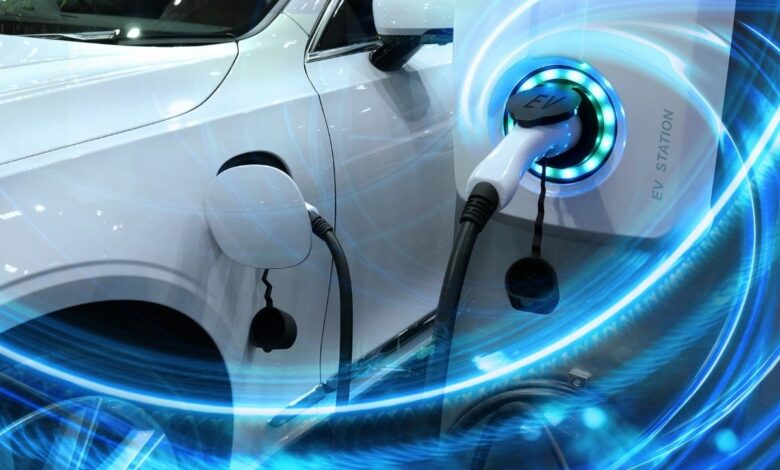
In this article we’ll read about the electric cars that includes its introduction , specifications, what is the reason to buy the electric cars, etc.
What is an electric car?
An electric car, battery-electric car, or all-electric cars is a car that runs on electricity only from batteries. It has one or more electric motors that move it. People who drive electric cars don’t have to worry about noisy engines, no exhaust emissions, and a lot less pollution overall than people who drive cars that run on gasoline. People in the United States and the European Union will buy electric cars for less in 2020 because they don’t have to pay as much for gas and keep them in good shape. Charging an electric car can be done at various stations, and these stations can be put in both homes and public places.
In 2021, 6.6 million plugin electric cars were sold worldwide, more than double the number sold in 2020, and they now made up 9% of the global new car market. All-electric vehicles made up 71% of plugin car sales in 2021. December 2021 saw the world’s first 16 million plugin electric cars on the road. Many countries have set up government incentives for plugin electric cars, such as tax credits, subsidies, and other non-monetary incentives. Some countries have also set up rules to stop selling fossil fuel cars, reduce air pollution and limit climate change.
During the first half of 2020, the Tesla Model 3 became the world’s best-selling electric car. In the month of June 2021, it became the first electric car to sell more than 1 million units around the globe. People have used Mitsubishi’s i-MiEV and Nissan’s Leaf, both of which are made in Japan. 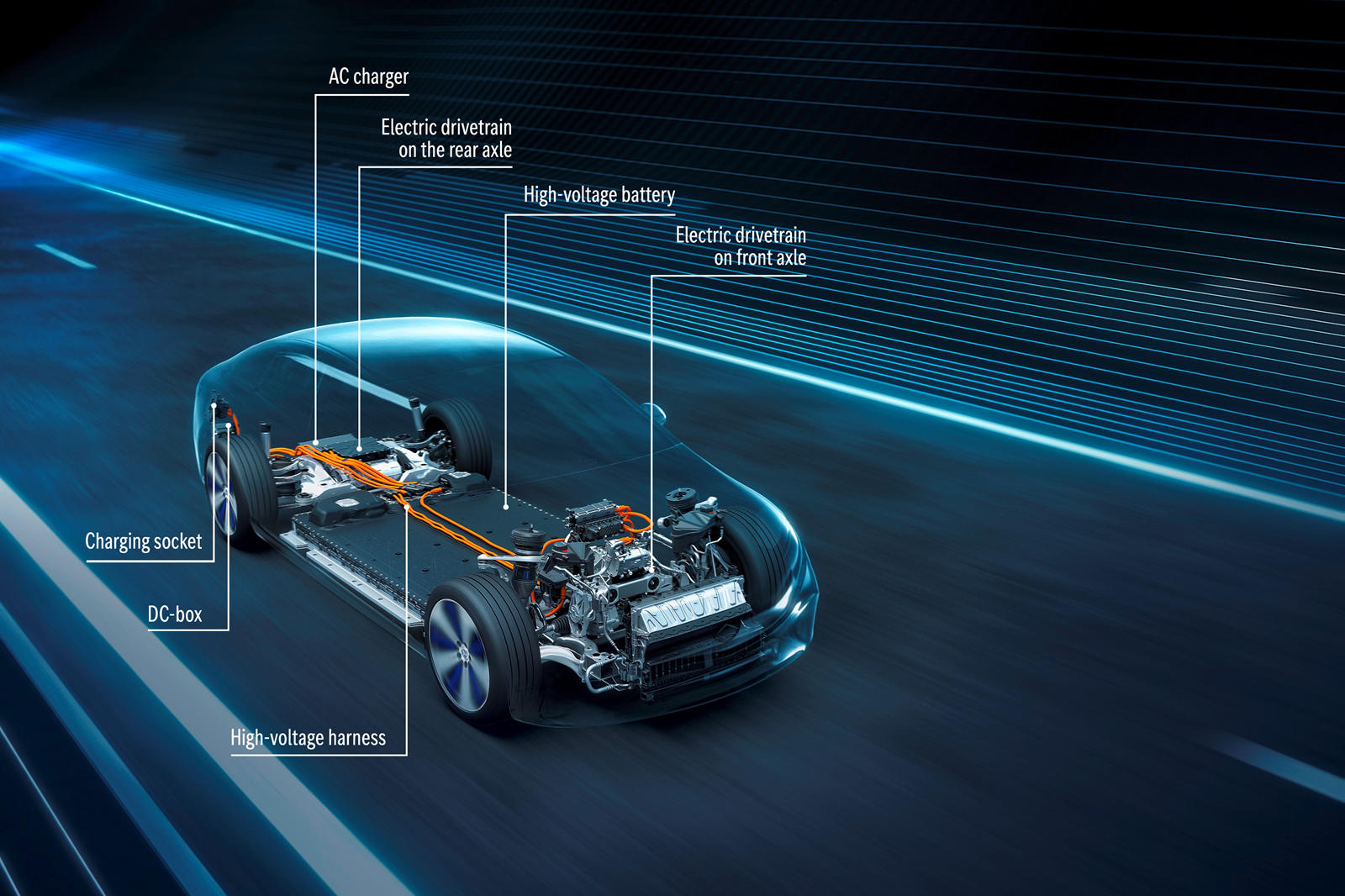
How does the electric cars work?
There is a charge point for electric cars where they can plugin. They then get energy from the grid. Chargeable batteries are used to keep electricity in, and they run an electric motor that turns the wheels. Electric cars move faster than cars that use traditional fuel engines, making them feel lighter to drive because they move faster. 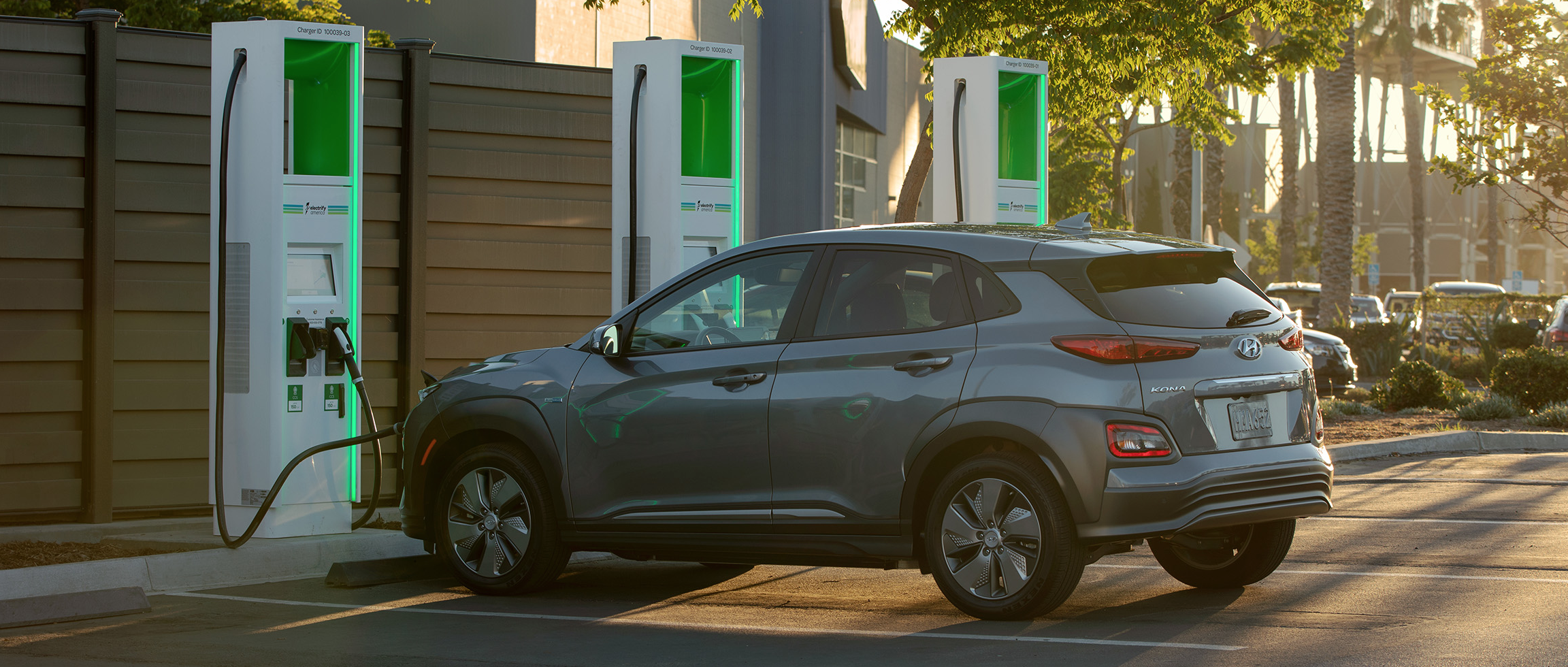
How do you charge?
A public charging station or a charger at home can charge an electric car. There are many places where you can set your phone while you’re outside in the UK. So, to get the best deal when you charge your car at home, it’s essential to get the right EV electricity tariff. This way, you can spend less money and save more money on your electricity bill.
Electric cars and their range
How far you can go on a full charge depends on the electric cars, and this means that each model has a different battery size, range, and efficiency than the last one. As long as you can use the electric car on all of your regular trips, it will be the right one for you. Please take a look at our EV leasing options. 
Which electric cars are there?
Several types of electric cars are out there (EV). Some cars only run-on electricity and these are called pure electric cars. Some hybrid electric vehicles can also run-on gas or diesel, and they’re called that because they can run on both.
Electric: This means the car runs only on electricity and gets all its power when it’s plugged in to charge. It only gets power when it’s plugged in. There is no need for this type of car to run on petrol or diesel. This means that it doesn’t cause any pollution as classic cars do.
Some of these cars are plugin hybrids. These cars run primarily on electricity, but they also have a traditional fuel engine, so you can use petrol or diesel if they run out of charge. When these cars are running on fuel, they’ll cause a lot of pollution. When they’re running on electricity, they won’t make any. These cars can be plugged into an electricity source to charge their batteries.
Hybrid-electric cars run primarily on fuel like petrol or diesel, but they also have an electric battery charged when they break. At the touch of a button, you can switch between using your fuel engine and using “EV mode.” These cars can’t charge electricity, so they run on gas or diesel. 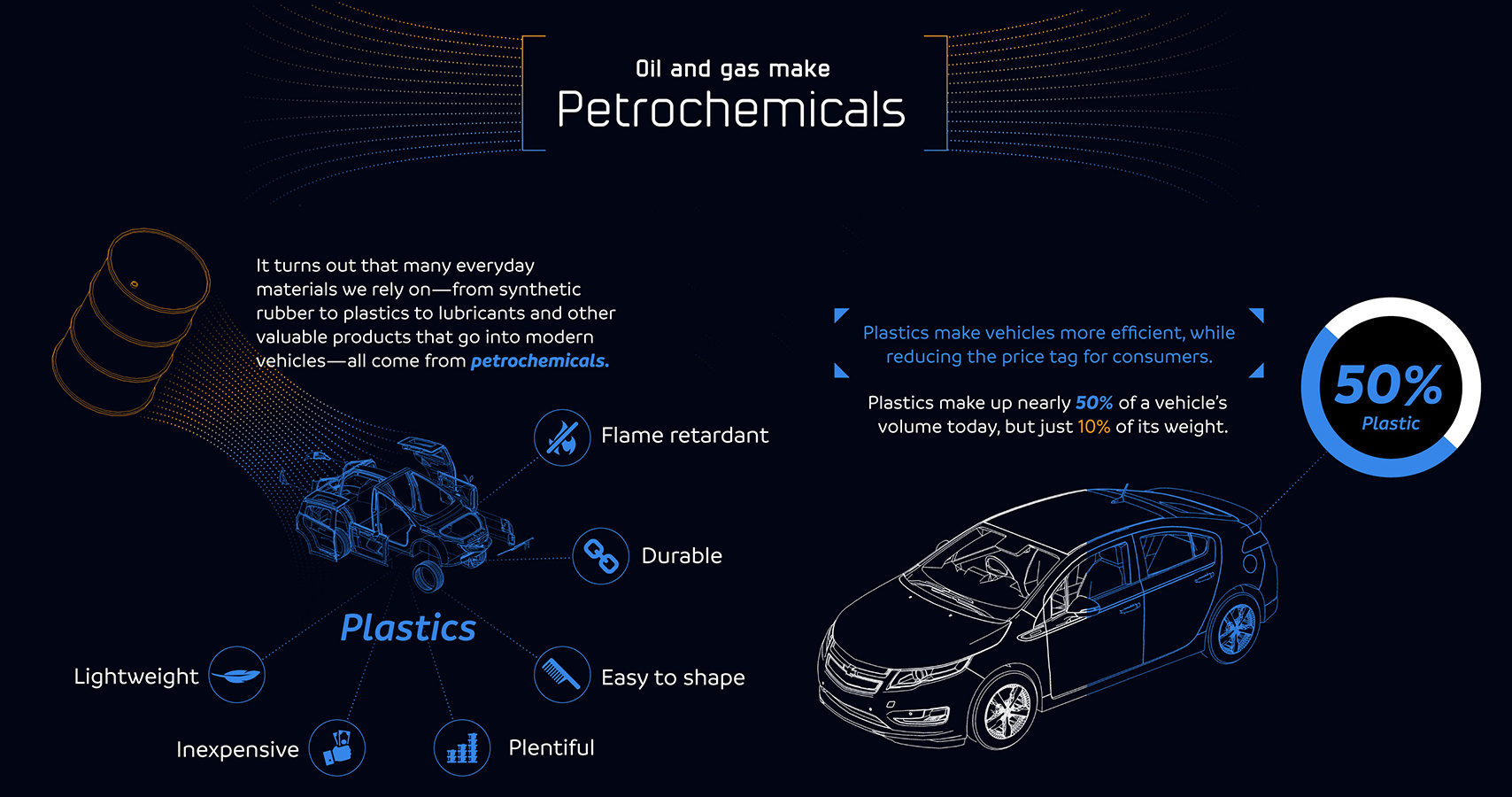
What are the parts inside an EV?
There are 90% fewer moving parts in an electric cars than in a car with an internal combustion engine. Features that keep an electric vehicle moving:
Electric Engine/Motor: This gives the wheels the power to move. It can be either a DC or AC motor, and AC motors are the most common.
This is what an inverter does: It changes the form of electric current from Direct Current (DC) to Alternating Current (AC)
A single-speed transmission sends power from the motor to the wheels, and EVs have this transmission type.
EVs need batteries to store the electricity they need to run, so the more kW the battery has, the more range it can go on.
A charging station is where you can plug in your electric vehicle.
The capacity and kWh of EV batteries are explained.
If you want to know how much power something has, you use kilowatts (kW) (how much energy a device needs to work). There is a unit of energy called a kilowatt-hour (kWh). It shows how much energy has been used. For example, when you turn on a 100-watt lightbulb, it uses 0.1 kWh every hour. Average homes use 3,100 kWh of electricity each year, and electric cars use an average of 2,000 kWh of electricity each year. Electric vehicles need to charge.
How do you charge an electric cars?
You can charge an electric car either by plugging it into a socket or by plugging it into a charging unit, but both ways work. There are many places where you can charge your phone while you’re outside in the UK. It is possible to charge your phone with three types of chargers:
A three-pin plug is used to charge an electric car. A three-pin plug is a standard three-pin plug that you can connect to any 13-amp socket with this type of plug.
Plugged in electric car charger A socket is a place where you can plug in either a Type 1 or Type 2 cable to charge your phone or tablet.
The electric car charger is tethered. Type 1 or Type 2 connectors can connect to a tethered charge point.
An electric car takes a while to charge.
They also charge at three different speeds: This is how it usually works: up to 3kW—often used to set at night or work. About 8 to 10 hours.
The speed is usually 7Kw or 22Kw, but it can be either. In-car parks, supermarkets, gyms, and homes with off-street parking, tend to be installed. Charge: 3-4 hours.
The power usually comes from 43 kW. Only electric cars that can be charged quickly are compatible, and there will be a charge for about 30 to 60 minutes.
Electric cars can be charged for how long. Slow for 8-10 hours, fast for 3-4 hours, and quick for 30-60 minutes at a time
Charging up as the season’s changes
The weather affects how much energy your electric car needs, and you have more range in summer and less range in winter. On the go, you can charge your phone.
The Zap-Map app can help you find a charging station when you’re out and about. Don’t forget to get it!
How far can you go on one charge?
How far an electric vehicle can go is based on the battery’s size inside (kWh). The more kWh the battery has, the more power it has, and the farther you can go. This is how far some electric cars charge:
The Volkswagen e-Golf has a range of 125 miles, which is the same as going from Bristol to Snowdonia National Park by car.
Hyundai’s Kona Electric has a range of 250 miles, which is about the same as going from London to the Lake District by car.
Jaguar’s I-Pace has a range of 220 miles, which is the same as going from Edinburgh to Birmingham by car. Electric cars have a lot of examples of how they work.
Are you ready to buy an electric car?
Electric cars have different prices, just like gasoline cars. If you want to learn more about buying an electric vehicle, check out our handy guide. It’s also possible to lease a new car, which is a great way to get it without paying a lot of money upfront. With us, you can hire an EV, get your home charger, and the best off-peak rate in the country for cheaper overnight charging. 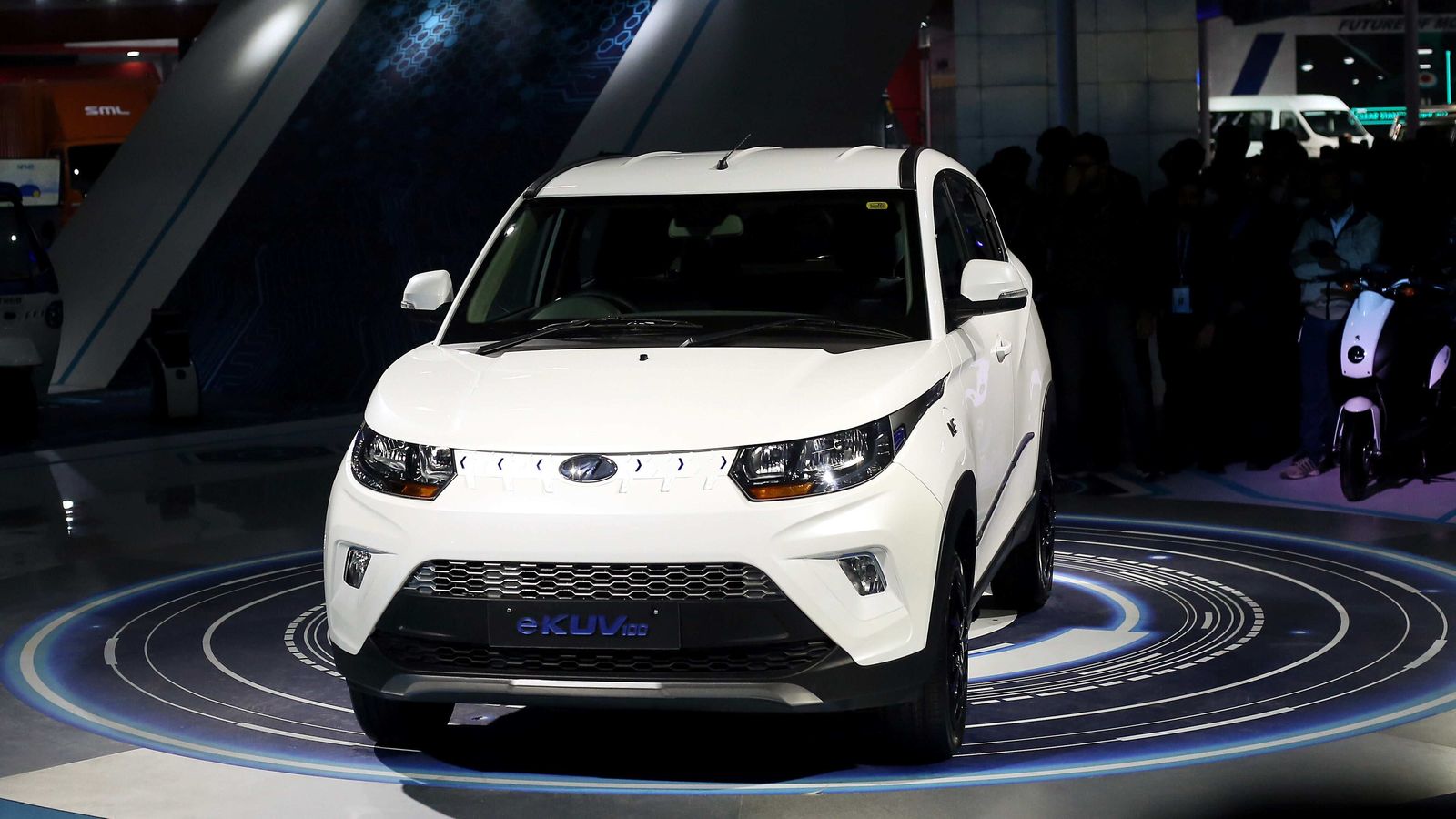
- Mahindra eKUV100
This KUV100-based electric car is the cheapest on our list. It has a 15.9kWh battery that is heated and cooled, and it can go 147km before needing a charge. It lets you set the temperature before you get in the car as far as features go. It only comes with an automatic transmission, and it is the only one.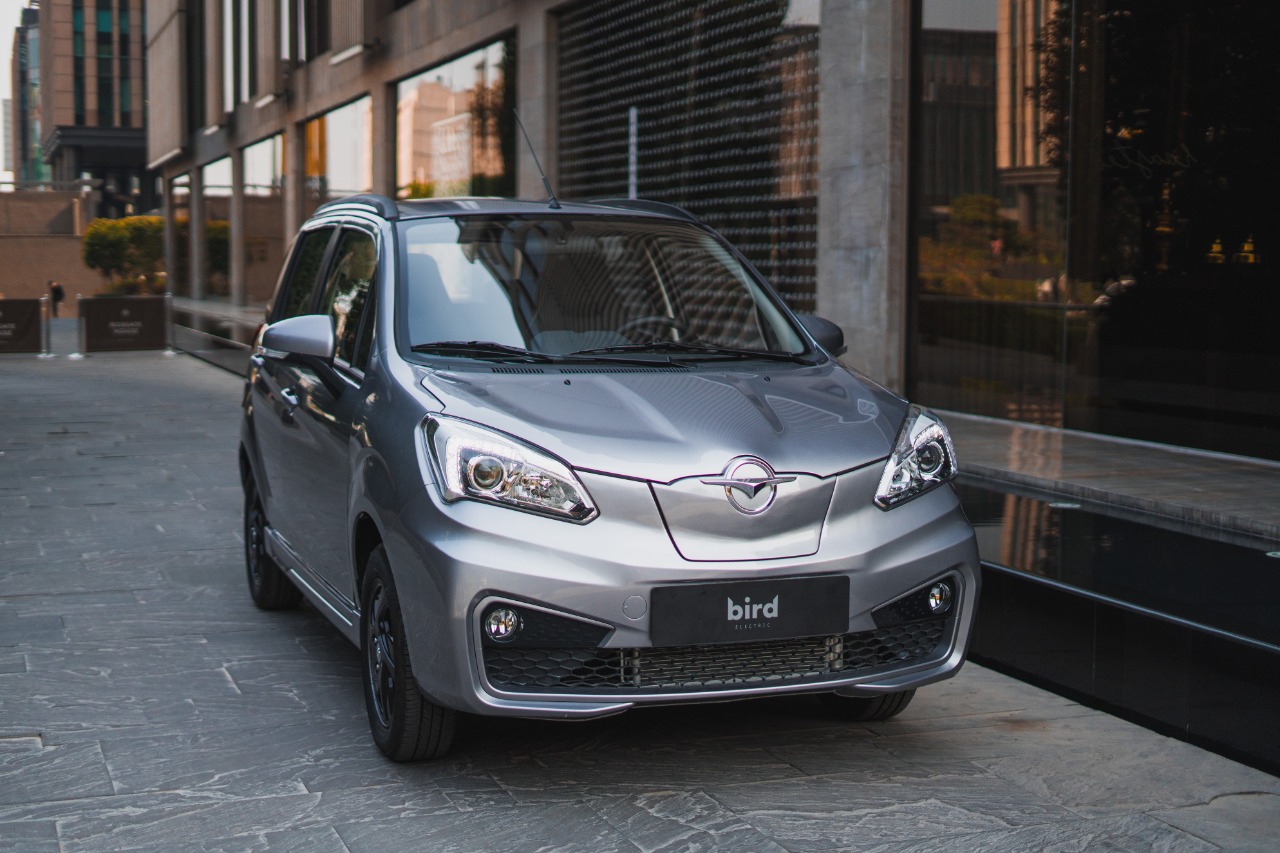
- Haima Bird Electric EV1
As soon as 2022, the Indian market will buy the stylish and cheap Haima hatchback. This small electric vehicle has a shape that looks a lot like WagonR. The infotainment system is all digital and has a giant touchscreen, and the safety kit comes with two airbags, so you’ll be safe when you drive. Because of its battery, it can go 120kmph at the same time.
This car is called the Haima Bird Electric EV1, and it comes in two versions. One has a 200km range, and the other has a 300km range. Only the first will be available in India at first. 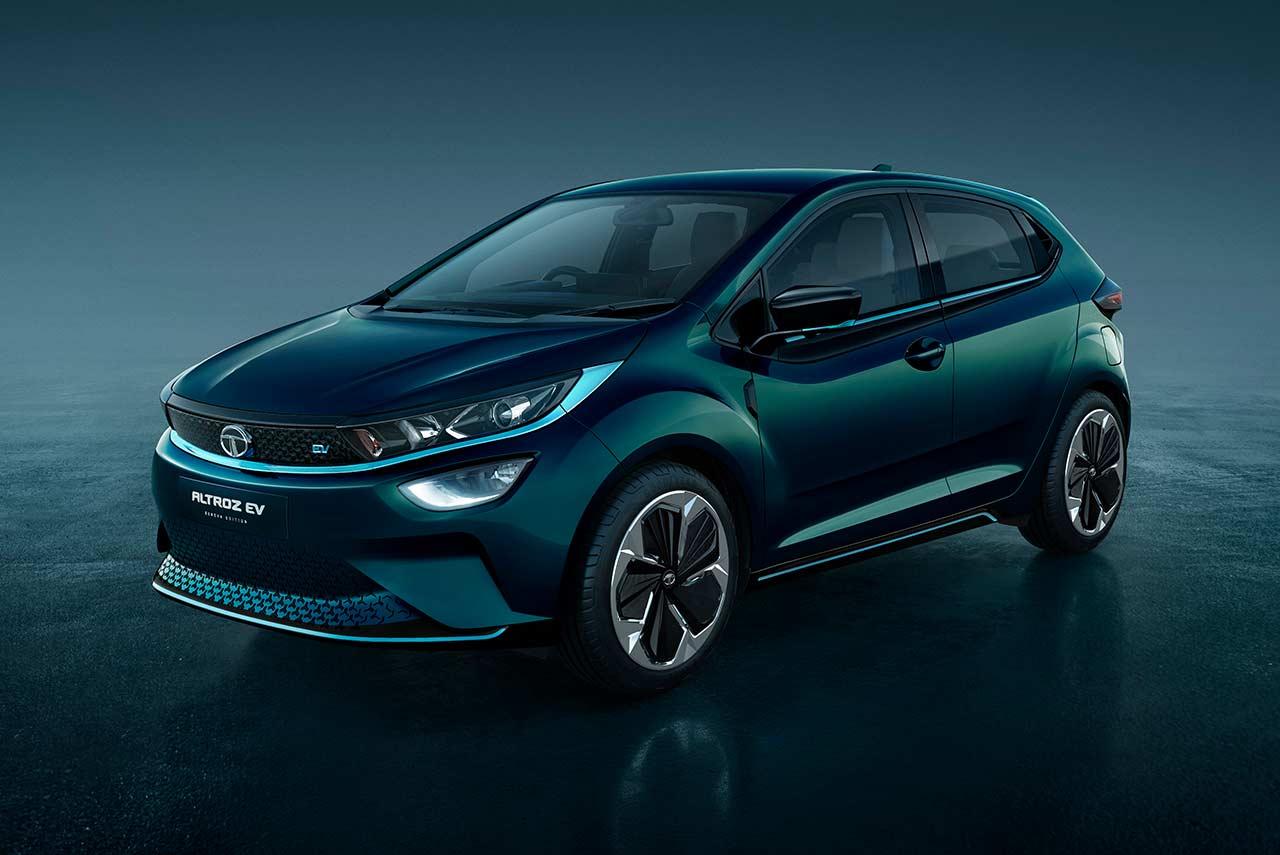
- Tata Altroz EV
There are some changes to the front end and alloy wheels on this electric car from Tata Motors, and almost all of the other things are the same, too. It has Tata’s Ziptron powertrain, which was first used in the Nexon EV. With a full charge, it can go 300 miles. It has an IP67-rated battery pack that is dust-proof and waterproof so that it can go that far. When you buy the new Altroz, you can only get it with electric fuel and auto transmission.
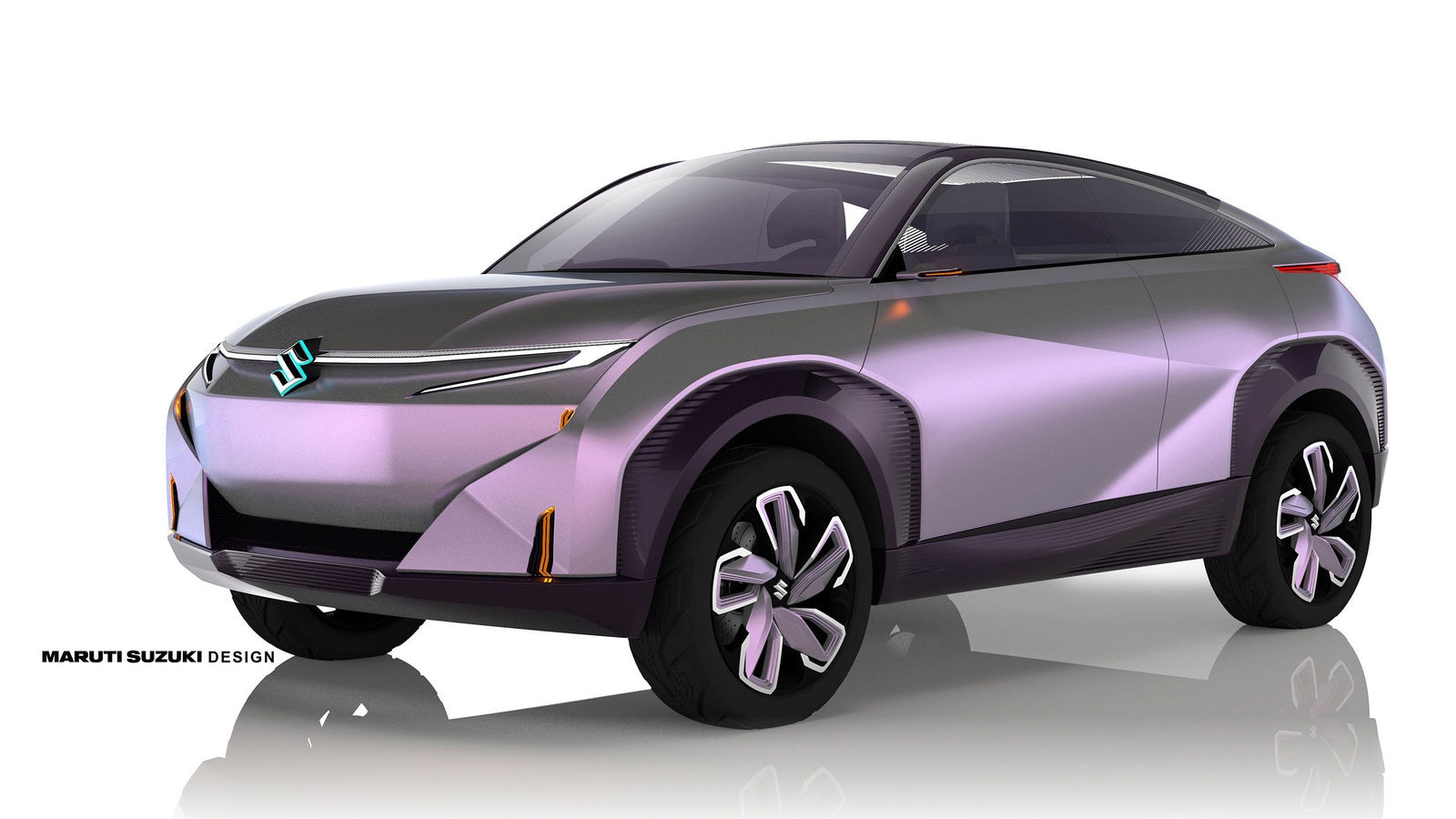
- Maruti Futuro-e
Maruti Suzuki is a well-known name for cheap, small cars. Next year, they showed off their new electric car concept, the Futuro-e, at the Auto Expo 2020. People have not yet heard about its powertrain. The company will make vehicles based on this electric-SUV coupe, which they planned to do in 2021. However, the chances of the Futuro-e being made shortly are meagre.
When this car is done, it will be the only one with a manual transmission. This is different from all the vehicles on our list by far. 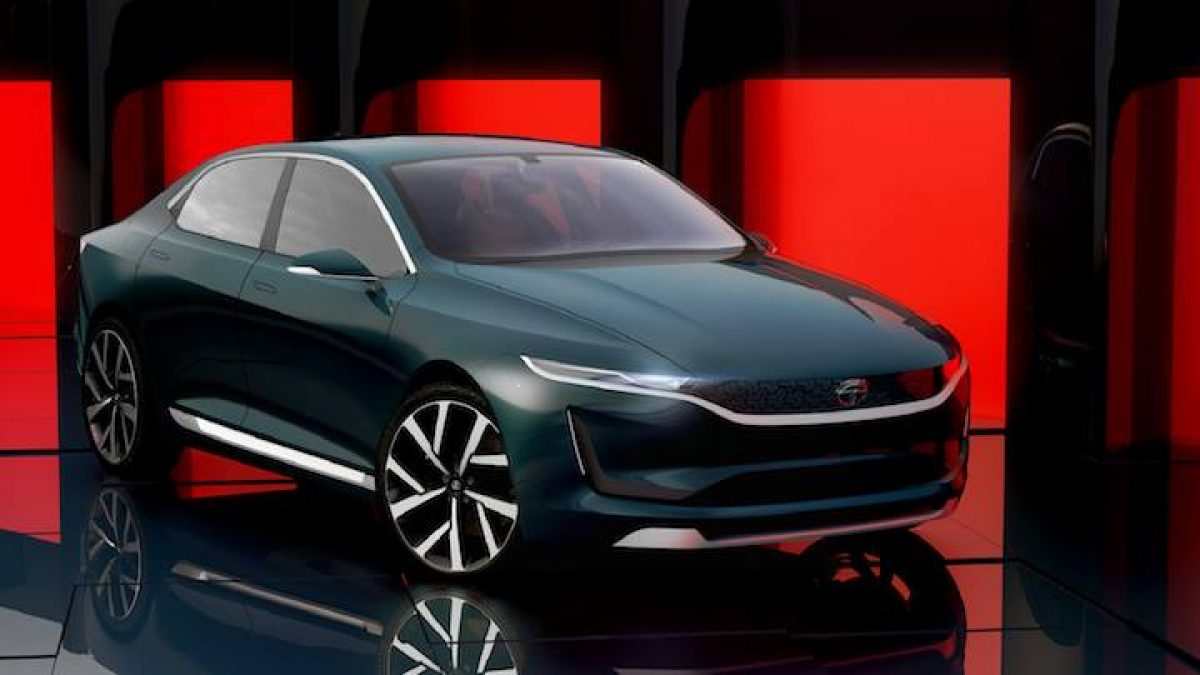
- Tata EVision Electric
In the same class as the Hyundai Elantra and the Skoda Octavia, the Tata Motors EV Sedan looks very good and is ready to go head-to-head with them.
The Tata EVision Electric has two motors, and each axle has one, making the Sedan AWD. There are two types of charging: slow AC and fast DC. The range is somewhere between 350 and 420 km on a single charge. Besides, it will also have a top speed of 200kmph. A cherry on top is that it has cloud computing, analytics, and more mapping between humans and machines to make it even better than it already is. The only way to drive is automatic.

- Mini Cooper SE
In March 2022, the new Mini Cooper SE will be out. A 32.6kWh battery pack has a 184PS electric motor and can go for a long time. 150kmph is the car’s top speed, and it can go from 0 to 100kmph in 7.3 seconds.
It has a good amount of space in the trunk, with 211 litres of space and an automatic-only transmission. 
- Mercedes Benz EQA
They started making luxury cars, and now they make electric cars, too, so there you go!
The new Mercedes Benz EQA is an electric SUV car with an automatic transmission that can go on long trips. It comes with a 66.5kWh battery and claims to go 263 miles on a single full charge, which is a lot. 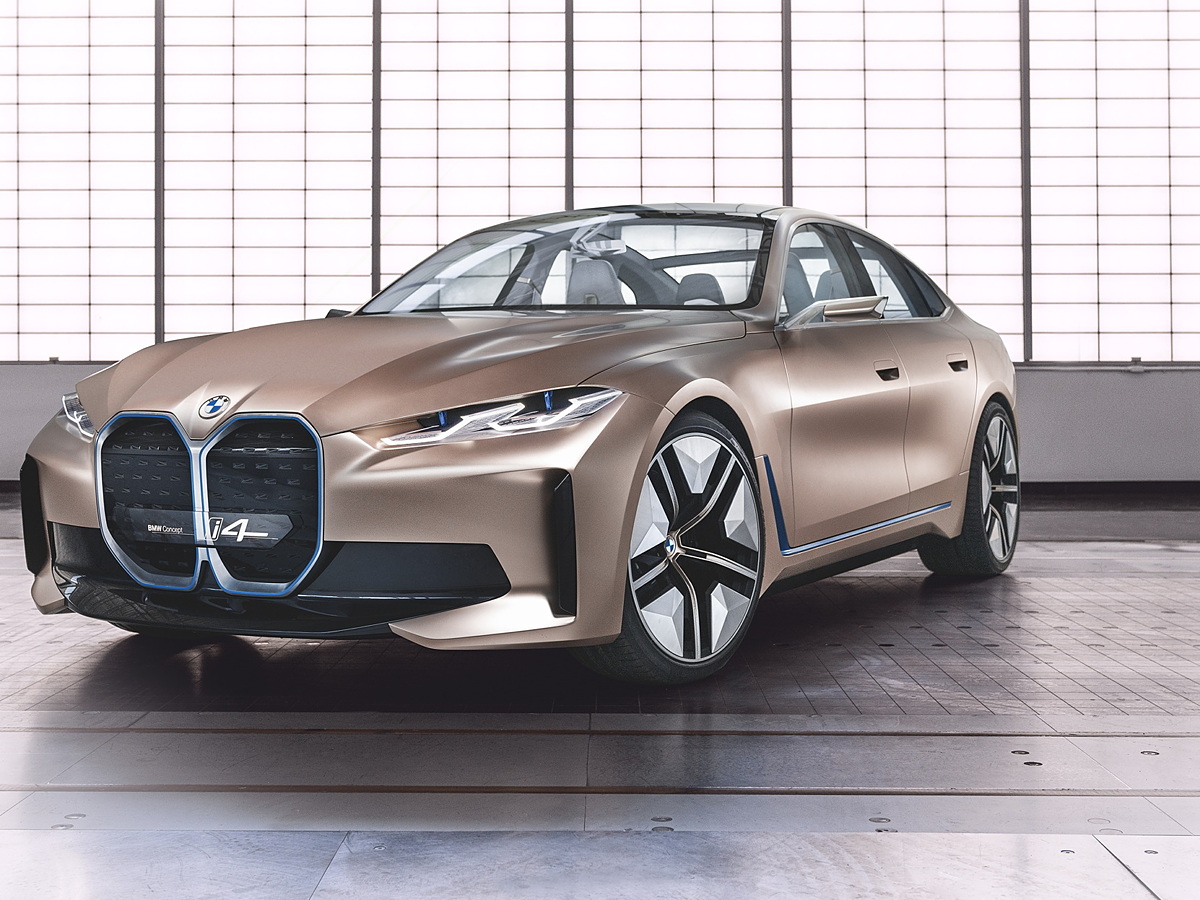
- BMW i4
This is a BMW sedan. It’s the first real electric car that the company has made. Aren’t you going to drool over this?
With its new beaver-tooth grille on some of its new cars, some people aren’t happy about it. The all-new i4 is going to dispel all of that. According to BMW, it will have 335 horsepower and go 300 miles on one tank of gas. A sportier version of it also claims to have 536 horsepower, but that comes at a price in terms of range, of course. 
- BMW i3
When it comes to BMW’s futuristic i8 hybrid sports car, this little beast is a smaller version of it. If you want to make your vehicle more environmentally friendly, you should buy a BMW i3. This is just one more feather in their cap. One of these little cars can go from 128 to 145 miles on one tank of gas. It can reach a top speed of 150kmph, and it can go from zero to 100kmph in 7.2 seconds.
An automatic transmission is the only type of transmission used with the BMW i3. The car’s trunk can hold 260 litres. 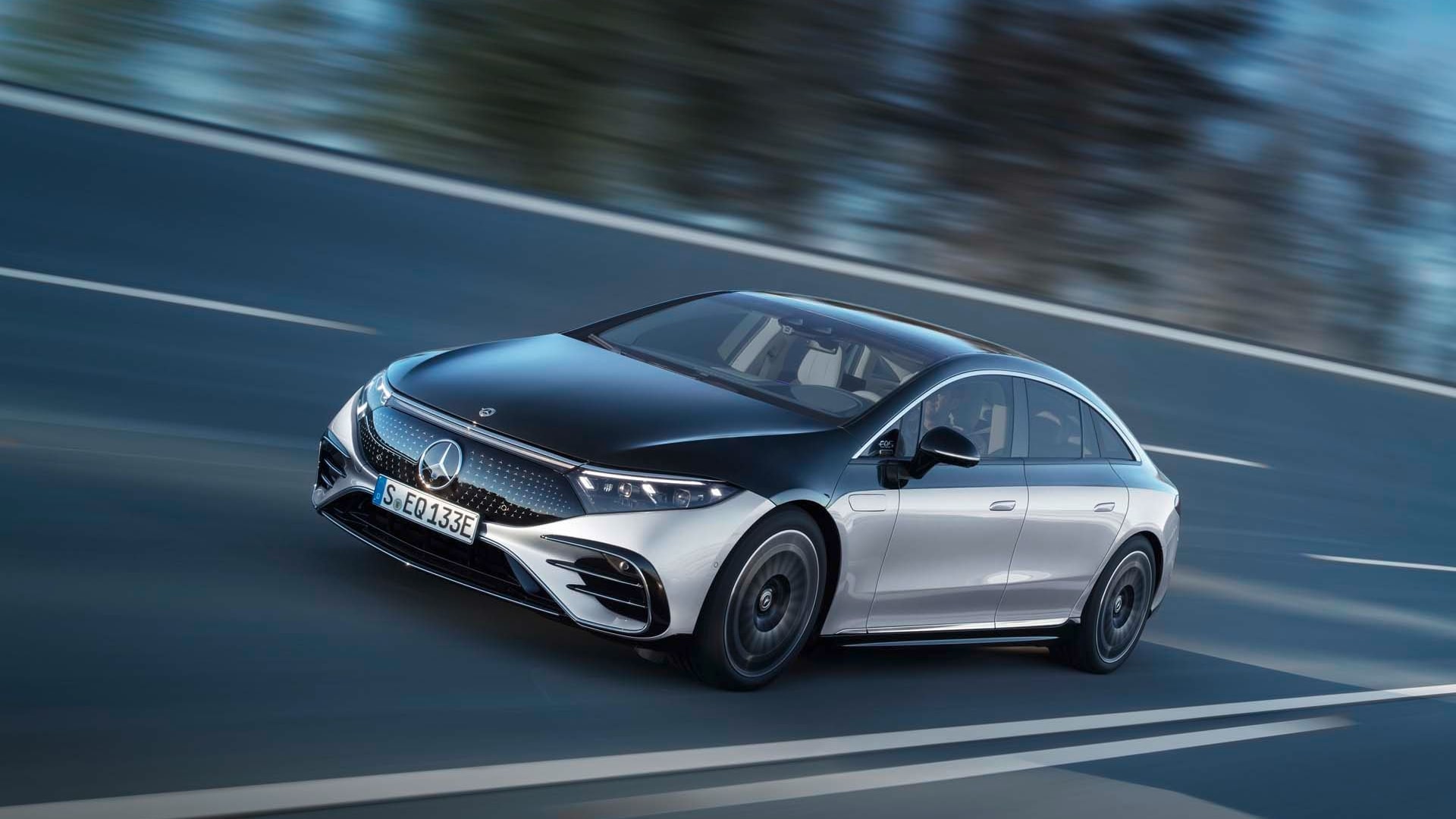
- Mercedes-Benz EQS.
Last but not least, we have the Mercedes-Benz EQS. The all-electric top Sedan. It has two powertrains: a single motor setup with 334PS/458Nm (EQS 450+) and a two-motor setup with 523PS/856Nm (EQS 580 4MATIC). The first has a rear-wheel-drive; the second has an all-wheel drivetrain. Two cars can go up to 210kmph. They both have battery packs with 107.8kWh, and they can go 770km on a single charge, too. The charging speed is also impressive, and it can go from 0% to 80% in 35 minutes. If you want to add a few more feathers to the hat, it can be charged with DC fast charging and a wall box.
There is an MBUX Hyper screen in the new Mercedes-Benz, which is a three-screen single-piece unit. The screen is 55.5 inches wide. A 15-speaker 710W Burmester sound system and ambient lighting are also included. It also has a remote parking system, a blind-spot system, and lane assist. This makes cars like the Tesla Model S and the Audi e-Tron GT very tough to beat. 
Conclusion:
An electric car is that car that runs on electricity only from batteries. Charging an electric vehicle can be done at various stations, and these stations can be put in homes and public places. In 2021, 6.6 million plugin electric cars were sold worldwide, more than double the number sold in 2020. How much you can go on a full charge depends on the type of electric car you buy. Each model has a different battery size, range, and efficiency than the last one.
Get the best deal when charging your car at home with an EV electricity tariff. Electric vehicles need to be set, and you can charge your electric vehicle by plugging it into a charging station or using a three-pin plug. Electric cars use an average of 2,000 kWh of electricity each year, and electric vehicles can be charged for how long.
Slow for 8-10 hours, fast for 3-4 hours, and quick for 30-60 minutes at a time. The Zap-Map app can help you find a charging station when you’re out and about. Tata Motors EV Sedan is ready to go with the Hyundai Elantra and the Skoda Octavia. Maruti Suzuki showed off their electric car concept, the Futuro-e, at the Auto Expo 2020.
The company will make vehicles based on this electric-SUV coupe in 2021. In March 2022, the new Mini Cooper SE will be out. A 32.6kWh battery pack has a 184PS electric motor and can go long. 150kmph is the car’s top speed, and it can go from 0 to 100kmph in 7.3 seconds. BMW i3, Mercedes-Benz EQS and Audi e-Tron have all-electric powertrains.
BMW i3 can go 145 miles on a single charge, reaching a top speed of 150kmph. It can be charged from 0% to 80% in 35 minutes with DC fast charging.



